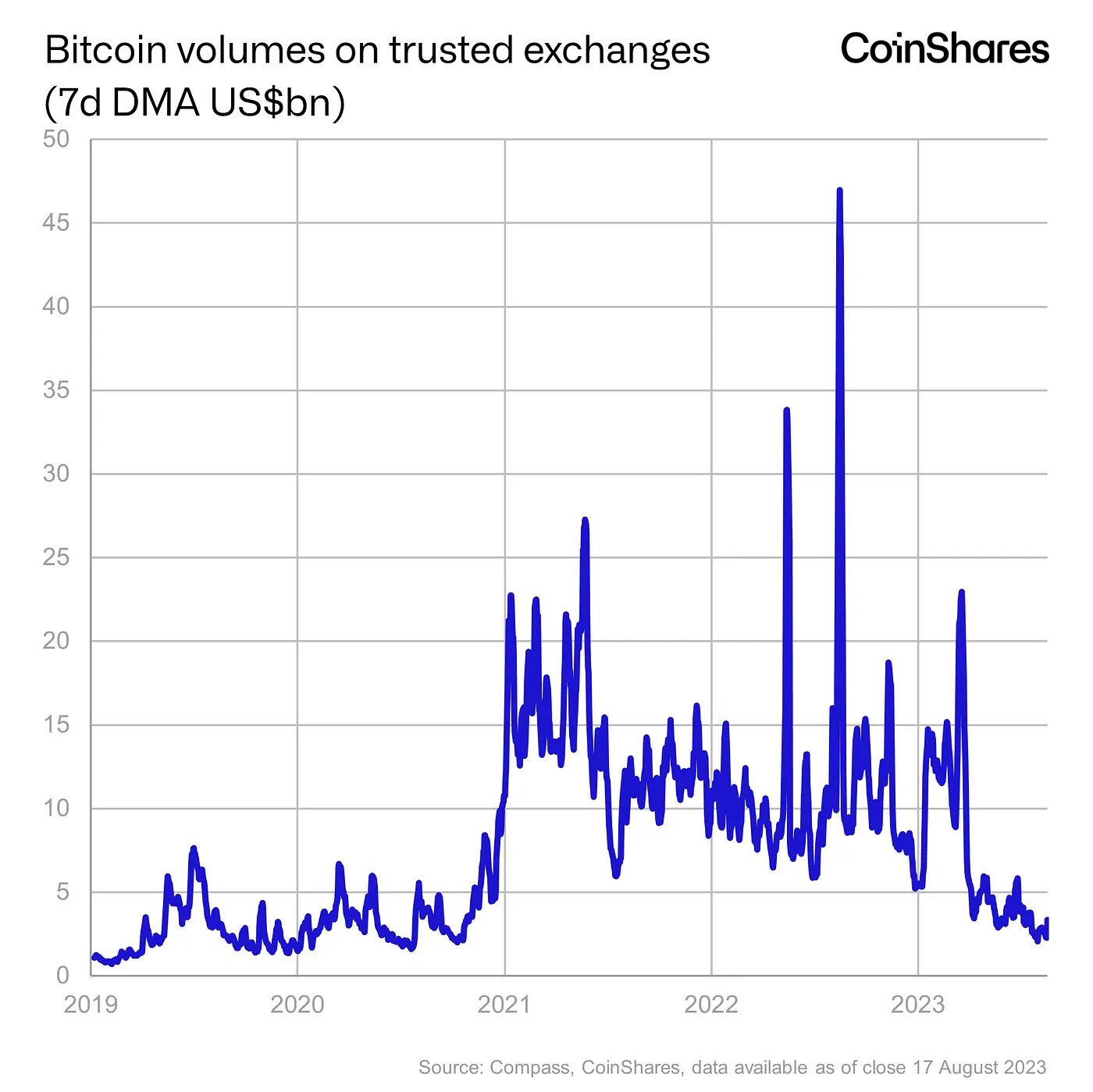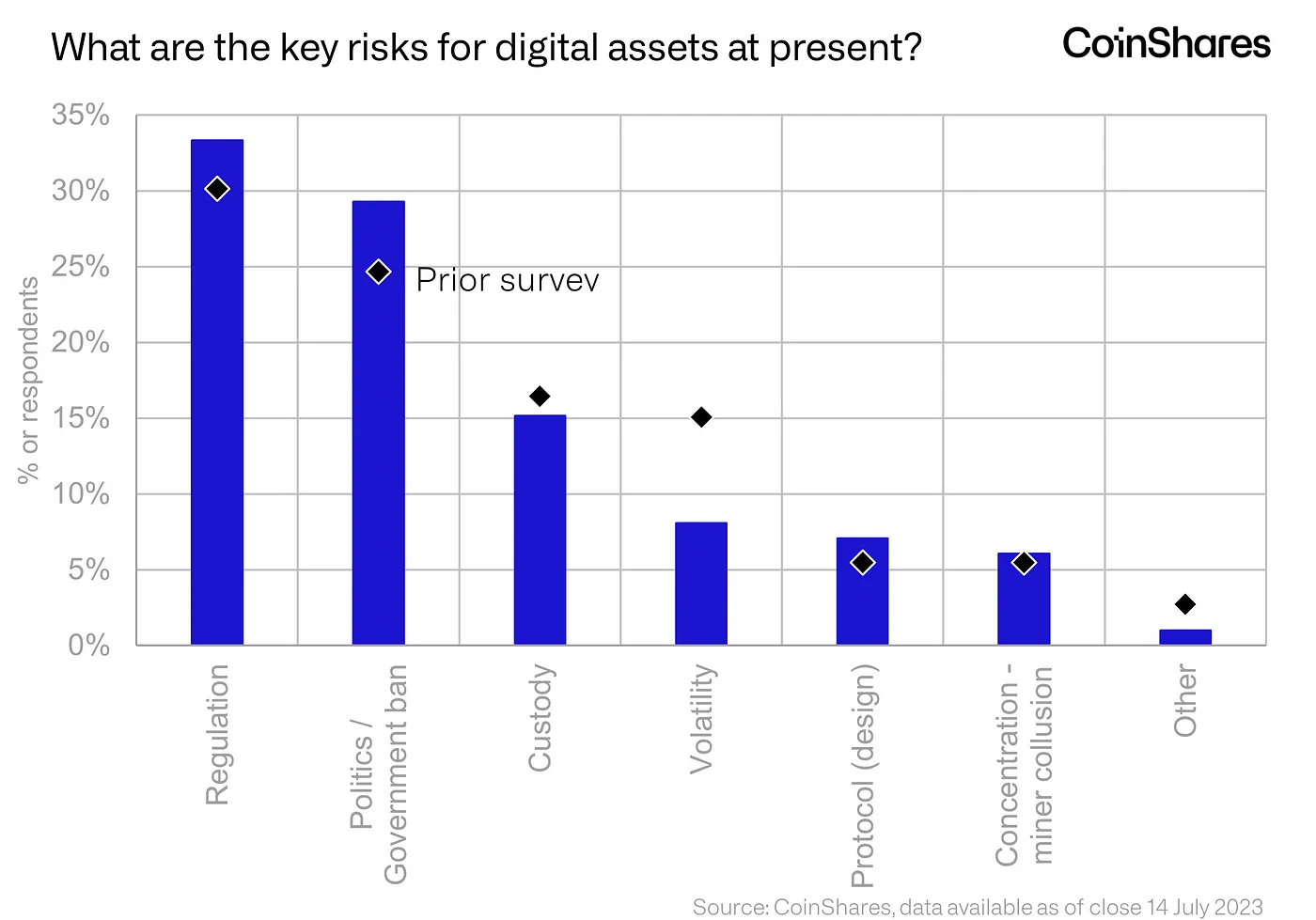- Bitcoin fell below $26,000 on August 18th, and this long-awaited volatile movement resulted in negative outcomes for a significant portion of market participants.
- This sudden drop caused chaos in the market and significantly affected investor portfolios. Experts and observers began looking at various conditions that contributed to the events.
- Bitcoin’s recent bull rally in June was triggered by increasing interest from traditional financial giants in the potential of cryptocurrencies.
An unexpected crash in Bitcoin price was observed; What are the factors causing this? Will Bitcoin continue to fall in the future?
The Sharp Drop in Bitcoin Deeply Affected the Market
Bitcoin fell below $26,000 on August 18th, and this long-awaited volatile movement resulted in negative outcomes for a significant portion of market participants. The optimistic week ended sadly for the bulls; according to data, BTC’s price has dropped by more than 11% since the beginning of the week.
This sudden drop caused chaos in the market and significantly affected investor portfolios. Experts and observers began looking at various conditions that contributed to the events. The latest research by digital asset investment firm CoinShares highlighted some crypto-specific and macroeconomic triggers that contributed to the development of the events.
Bitcoin’s volatility has significantly decreased in recent weeks, resembling its historical low levels; as can be seen from the chart below, such levels have always preceded significant price fluctuations in both directions.
In addition, Bitcoin trading volume on centralized exchanges has steadily decreased in recent weeks. The daily average trading volume ranged between $2 billion and $3 billion, compared to the annual average of $7 billion and the 2022 daily average of $11 billion.
According to James Butterfill, Research Head at CoinShares, such a decline in trading volume drought has led to more sensitive reactions from larger traders.
Regulatory Uncertainty
Bitcoin’s recent bull rally in June was triggered by increasing interest from traditional financial giants in the potential of cryptocurrencies. A series of spot Bitcoin Exchange Traded Fund (ETF) applications, including from BlackRock, the world’s largest asset manager, resulted in hopes of digital asset investment products becoming more widespread.
However, by August, this enthusiasm had significantly diminished. The U.S. Securities and Exchange Commission (SEC) caused delays by subjecting the applications to rigorous scrutiny.
In fact, some companies may have to wait until March 2024 for approval for applications submitted in July 2023. Note that the regulator has the authority to postpone all these ETF applications for up to 240 days.
The United States is home to the world’s largest traditional financial institutions. Therefore, the drop reflected market uncertainty about the possibility of immediate approvals in the United States.
Regulatory barriers in the country cast a shadow over movements in the crypto market. According to a CoinShares survey, regulatory decisions were the biggest concern for investors.
Is the Dragon’s Fire Dying Out?
China is the world’s second-largest economy and the largest exporter, closely linked to the global economy. In recent years, China’s once-famous real estate sector has been mired in a debt crisis. According to a recent report, China’s real estate giant Evergrande filed for bankruptcy protection in the United States as part of assumptions made for payment defaults by major developers.
These developments have raised concerns about the health of the Chinese economy, especially considering that the real estate sector contributes nearly a quarter of the country’s GDP. As a result, the risk of contagion in the global financial system increased, and investors began withdrawing funds from risky assets like Bitcoin.
However, the report emphasized that if a full-scale economic collapse occurs, it could eventually be beneficial for Bitcoin in the long run.
Is a Broad Market Crash Coming?
Long-term bond yields in the United States reached the highest levels in 16 years due to investor bets that the Federal Reserve will continue to raise interest rates. Higher yields on bonds typically have a negative impact on risky assets such as stocks and crypto.
Therefore, the drop in Bitcoin can be seen as the beginning of a broader collapse in other asset classes, as the report suggests. How the crypto market will cope with these challenges remains to be seen. The possibility of the Fed avoiding raising interest rates in September could function as a bullish move.
In addition, decisions on BlackRock and Grayscale’s ETF applications will be announced next month, which will be critical in determining the market direction.









